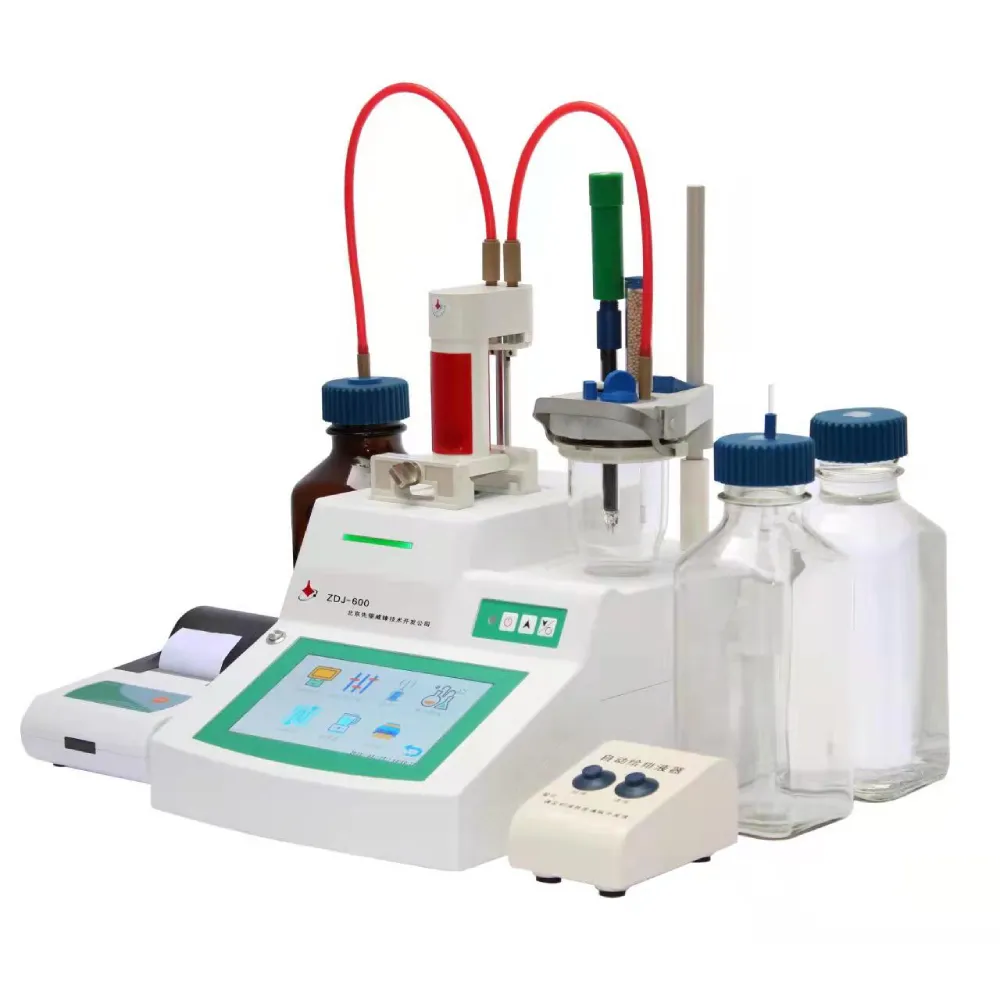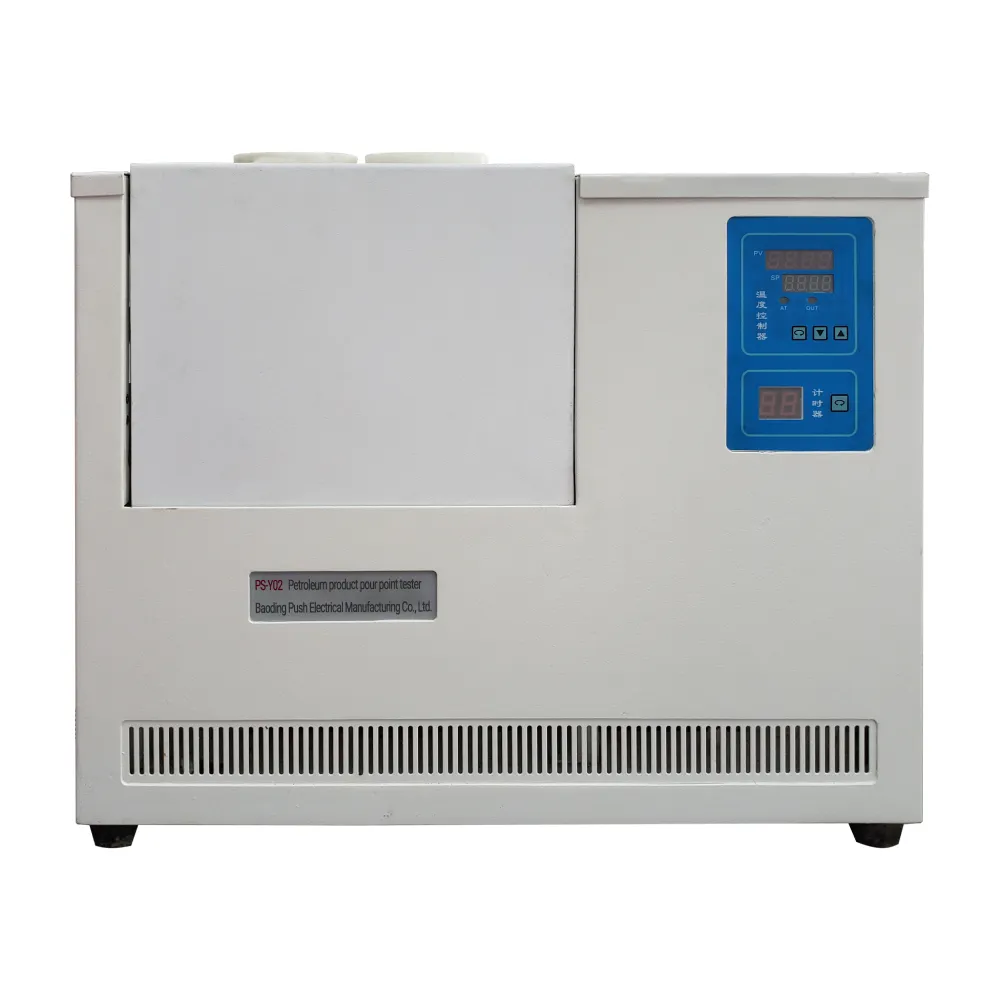TEL:
+86-0312-3189593
 English
English

Telephone:0312-3189593

Email:sales@oil-tester.com

-
 Afrikaans
Afrikaans -
 Albanian
Albanian -
 Amharic
Amharic -
 Arabic
Arabic -
 Armenian
Armenian -
 Azerbaijani
Azerbaijani -
 Basque
Basque -
 Belarusian
Belarusian -
 Bengali
Bengali -
 Bosnian
Bosnian -
 Bulgarian
Bulgarian -
 Catalan
Catalan -
 Cebuano
Cebuano -
 China
China -
 China (Taiwan)
China (Taiwan) -
 Corsican
Corsican -
 Croatian
Croatian -
 Czech
Czech -
 Danish
Danish -
 Dutch
Dutch -
 English
English -
 Esperanto
Esperanto -
 Estonian
Estonian -
 Finnish
Finnish -
 French
French -
 Frisian
Frisian -
 Galician
Galician -
 Georgian
Georgian -
 German
German -
 Greek
Greek -
 Gujarati
Gujarati -
 Haitian Creole
Haitian Creole -
 hausa
hausa -
 hawaiian
hawaiian -
 Hebrew
Hebrew -
 Hindi
Hindi -
 Miao
Miao -
 Hungarian
Hungarian -
 Icelandic
Icelandic -
 igbo
igbo -
 Indonesian
Indonesian -
 irish
irish -
 Italian
Italian -
 Japanese
Japanese -
 Javanese
Javanese -
 Kannada
Kannada -
 kazakh
kazakh -
 Khmer
Khmer -
 Rwandese
Rwandese -
 Korean
Korean -
 Kurdish
Kurdish -
 Kyrgyz
Kyrgyz -
 Lao
Lao -
 Latin
Latin -
 Latvian
Latvian -
 Lithuanian
Lithuanian -
 Luxembourgish
Luxembourgish -
 Macedonian
Macedonian -
 Malgashi
Malgashi -
 Malay
Malay -
 Malayalam
Malayalam -
 Maltese
Maltese -
 Maori
Maori -
 Marathi
Marathi -
 Mongolian
Mongolian -
 Myanmar
Myanmar -
 Nepali
Nepali -
 Norwegian
Norwegian -
 Norwegian
Norwegian -
 Occitan
Occitan -
 Pashto
Pashto -
 Persian
Persian -
 Polish
Polish -
 Portuguese
Portuguese -
 Punjabi
Punjabi -
 Romanian
Romanian -
 Russian
Russian -
 Samoan
Samoan -
 Scottish Gaelic
Scottish Gaelic -
 Serbian
Serbian -
 Sesotho
Sesotho -
 Shona
Shona -
 Sindhi
Sindhi -
 Sinhala
Sinhala -
 Slovak
Slovak -
 Slovenian
Slovenian -
 Somali
Somali -
 Spanish
Spanish -
 Sundanese
Sundanese -
 Swahili
Swahili -
 Swedish
Swedish -
 Tagalog
Tagalog -
 Tajik
Tajik -
 Tamil
Tamil -
 Tatar
Tatar -
 Telugu
Telugu -
 Thai
Thai -
 Turkish
Turkish -
 Turkmen
Turkmen -
 Ukrainian
Ukrainian -
 Urdu
Urdu -
 Uighur
Uighur -
 Uzbek
Uzbek -
 Vietnamese
Vietnamese -
 Welsh
Welsh -
 Bantu
Bantu -
 Yiddish
Yiddish -
 Yoruba
Yoruba -
 Zulu
Zulu
Мар . 06, 2025 12:24
Back to list
turns ratio test in transformer
Understanding and performing a turns ratio test in transformers is crucial for ensuring their efficient operation. To delve deeper into this subject, one must recognize the intricate relationship between voltage, current, and the mechanical winding of a transformer. The knowledge and expertise required for conducting and interpreting a turns ratio test underscore the importance of precision and accuracy in this field.
With transformers varying widely in size, capacity, and design, experience is vital in identifying the nuances of conducting the test across different transformer types. Some transformers, like autotransformers or three-phase transformers, introduce additional complexity due to their distinct configurations. Thus, engineers need to adapt their testing methods accordingly to accommodate these differences. Moreover, the results of a turns ratio test must be interpreted with a comprehensive understanding of the transformer's operational context. Anomalies in test results could stem from manufacturing variances, environmental factors, or even errors in previous maintenance procedures. Thus, engineers should not only rely on test results but also combine them with historical data and expert analysis to make informed decisions about the transformer’s condition. Authoritativeness in the realm of transformer testing emerges from a combination of empirical evidence and continuous learning. Staying abreast of the latest advancements in testing technologies and methodologies enriches an engineer's ability to provide precise diagnostics. Likewise, contributing findings and experiences to industry forums and publications enhances the pool of collective knowledge surrounding transformer maintenance. Trustworthiness in transformer testing is built on meticulous record-keeping and transparent communication with stakeholders. It’s essential for engineers to document every step of the testing process, ensuring traceability and accountability. This transparency fosters trust, as clients can see that assessments are grounded in thorough and systematic examination rather than estimations or assumptions. In the complex and critical world of electrical systems, performing and interpreting a turns ratio test is an exemplary demonstration of the balance between theory and practice. It requires not only technical knowledge but also a profound understanding of the operational demands and constraints of transformers. Through expert testing and careful interpretation of results, engineers play an essential role in maintaining the integrity and reliability of electrical infrastructure, exhibiting both professional competence and a commitment to safety and efficiency.


With transformers varying widely in size, capacity, and design, experience is vital in identifying the nuances of conducting the test across different transformer types. Some transformers, like autotransformers or three-phase transformers, introduce additional complexity due to their distinct configurations. Thus, engineers need to adapt their testing methods accordingly to accommodate these differences. Moreover, the results of a turns ratio test must be interpreted with a comprehensive understanding of the transformer's operational context. Anomalies in test results could stem from manufacturing variances, environmental factors, or even errors in previous maintenance procedures. Thus, engineers should not only rely on test results but also combine them with historical data and expert analysis to make informed decisions about the transformer’s condition. Authoritativeness in the realm of transformer testing emerges from a combination of empirical evidence and continuous learning. Staying abreast of the latest advancements in testing technologies and methodologies enriches an engineer's ability to provide precise diagnostics. Likewise, contributing findings and experiences to industry forums and publications enhances the pool of collective knowledge surrounding transformer maintenance. Trustworthiness in transformer testing is built on meticulous record-keeping and transparent communication with stakeholders. It’s essential for engineers to document every step of the testing process, ensuring traceability and accountability. This transparency fosters trust, as clients can see that assessments are grounded in thorough and systematic examination rather than estimations or assumptions. In the complex and critical world of electrical systems, performing and interpreting a turns ratio test is an exemplary demonstration of the balance between theory and practice. It requires not only technical knowledge but also a profound understanding of the operational demands and constraints of transformers. Through expert testing and careful interpretation of results, engineers play an essential role in maintaining the integrity and reliability of electrical infrastructure, exhibiting both professional competence and a commitment to safety and efficiency.
Previous:
Latest news
-
Testing Equipment Industry Sees Major Advancements in 2025: Smart & Precision Technologies Lead the WayNewsJun.06,2025
-
Applications of Direct Current Generators in Renewable Energy SystemsNewsJun.05,2025
-
Hipot Tester Calibration and Accuracy GuidelinesNewsJun.05,2025
-
Digital Circuit Breaker Analyzer Features and BenefitsNewsJun.05,2025
-
Benefits of Real-Time Power Quality Monitoring Devices for Industrial EfficiencyNewsJun.05,2025
-
Earth Fault Loop Testing in High-Rise Building Electrical SystemsNewsJun.05,2025



